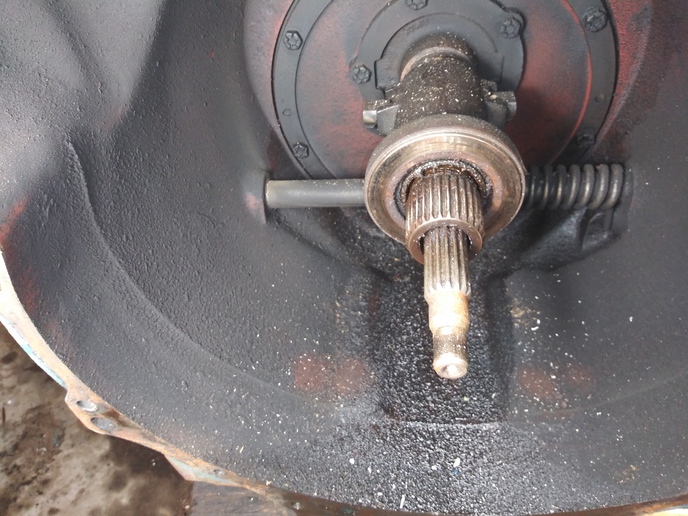EmeradKondo
New User
Would someone explain to me the difference between a transmission drive PTO and a live PTO. Does the PTO stop when the tractor stops in a transmission drive. And keeps running in a Live PTO setup?
If that is true, what RPM does the PTO run in a transmission drive setup? I'm guessing from zero up to 540 RPM - something must govern the top RPM.
Thanks,
Rich
Maple Valley, WA
1948 Farmall Cub
1967 Ford 3000
2008 Kubota BX24
If that is true, what RPM does the PTO run in a transmission drive setup? I'm guessing from zero up to 540 RPM - something must govern the top RPM.
Thanks,
Rich
Maple Valley, WA
1948 Farmall Cub
1967 Ford 3000
2008 Kubota BX24


